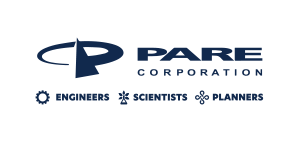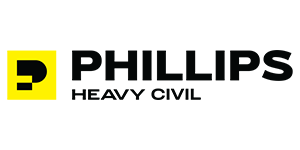Resource
Expanding the Definition of Potential Failure Modes for the Inspection and Assessment of Spillways
The February 2017 incident involving both the principal and auxiliary spillways of Oroville Dam in Butte County, California brought considerable attention to potential failure modes associated with concrete chute and unlined spillways. Based on the lessons to be learned from this event and the subsequent findings of forensic investigations, many dam owners with similar spillways, such as the Tennessee Valley Authority (TVA), the United States Army Corps of Engineers (USACE), and Federal Energy Regulatory Commission (FERC)-regulated licensees have initiated their own spillway assessments. The Oroville incident also put a spotlight on the shortcomings of the traditional understanding of a “potential failure mode (PFM),” which has been defined as the uncontrolled release of stored reservoir water, regardless of other consequences to the owner and the public, which has raised the question, especially for auxiliary spillways, on how much damage to a spillway during an extreme event is acceptable.
An improved approach for assessing failure modes for spillway channels is presented based on the classic FERC potential failure modes analysis (PFMA) approach, with a broadened framework for assessing and evaluating concrete-lined and unlined earth- or rock-cut chutes. The presented approach also focuses efforts on spillway evaluations by applying the valuable information pro-vided in the Independent Forensic Team Report for the Oroville Dam Spillway Incident. Utilizing this approach, selected spillways at TVA and other FERC-regulated dams were evaluated and compared to the design of other spillways from the same period as well as current best practices, and assessed relative to current spillway design standards. Each spillway was also evaluated relative to its robustness, redundancy, reliability and resiliency. Emphasis was placed on deficiencies and weaknesses in historic spillway designs and how the integrity of spillways can change over time. Checklists are provided to help practitioners identify potential physical factors that can contribute to the failure of lined and unlined spillways. Recommendations and several warning signs for inspectors are discussed.

































